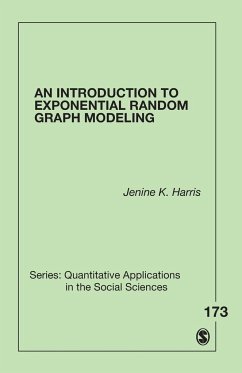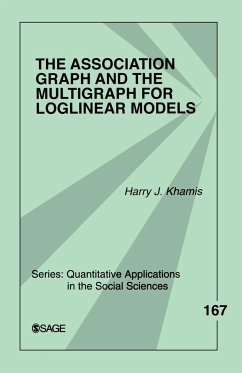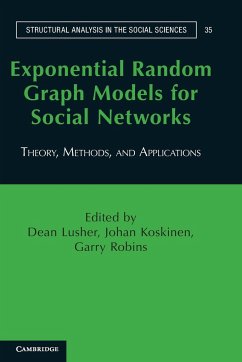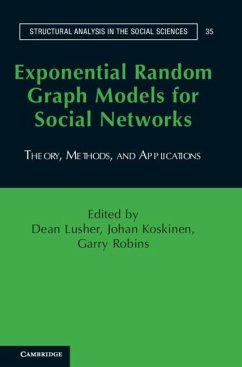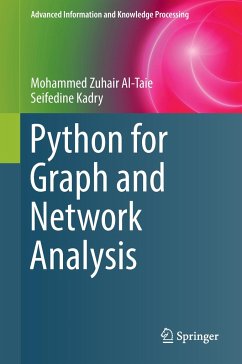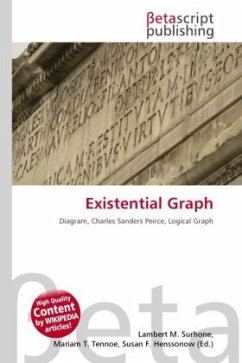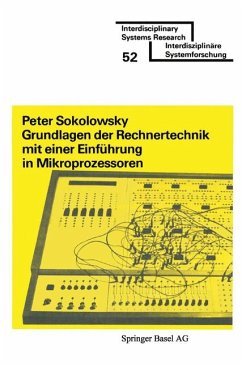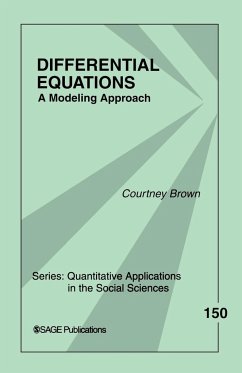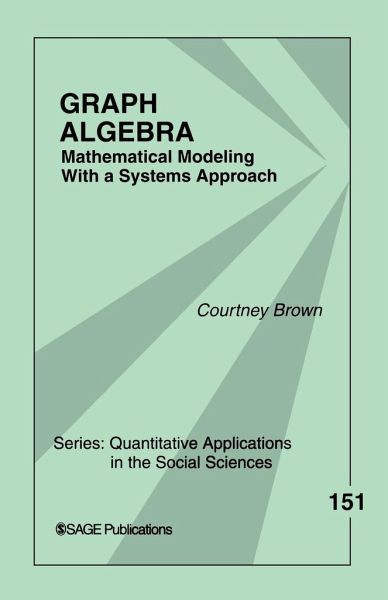
Graph Algebra
Mathematical Modeling With a Systems Approach
Versandkostenfrei!
Versandfertig in 1-2 Wochen
43,99 €
inkl. MwSt.

PAYBACK Punkte
22 °P sammeln!
Derived from engineering literature that uses similar techniques to map electronic circuits and physical systems, graph algebra utilizes a systems approach to modelling that offers social scientists a variety of tools that are both sophisticated and easily applied.





